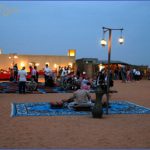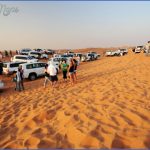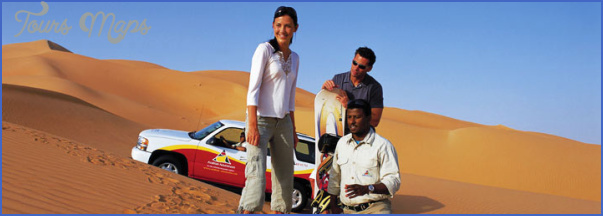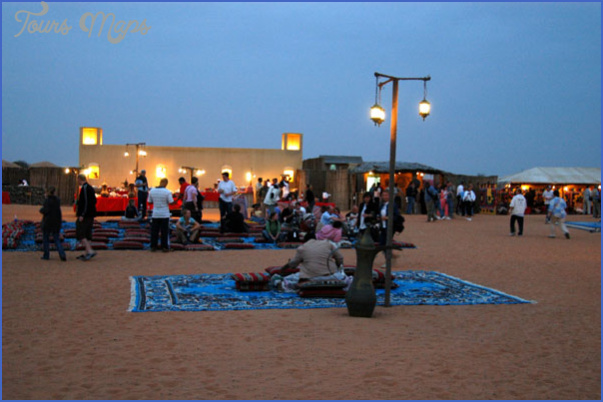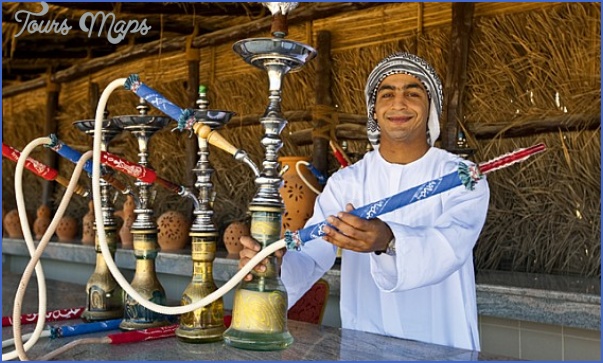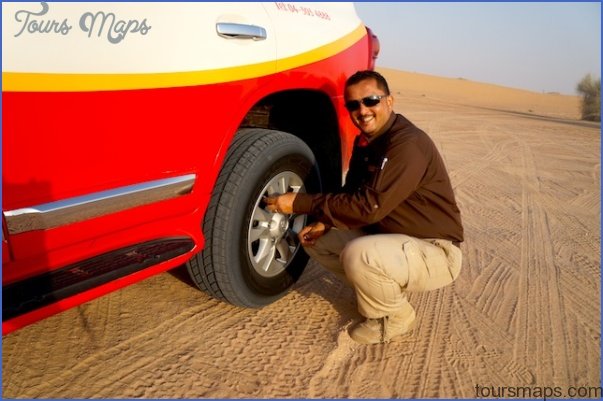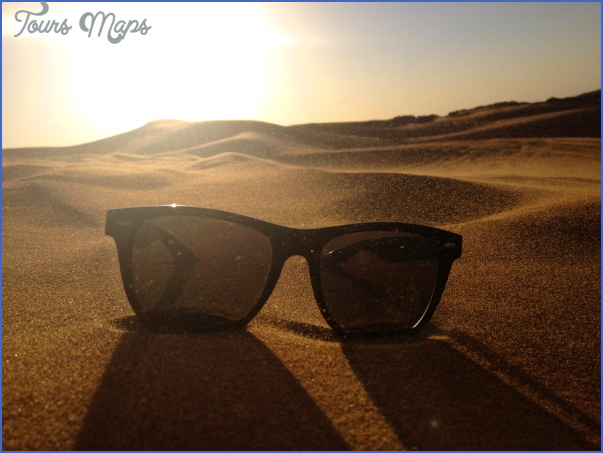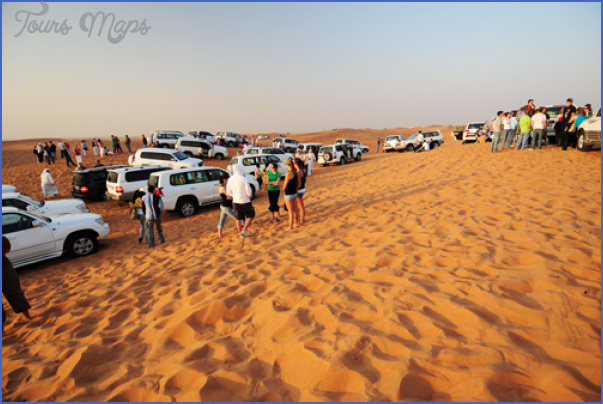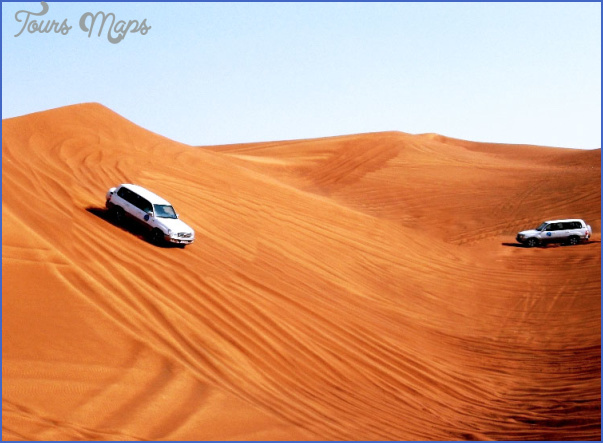Eric Bedin told me that most reintroductions have been in winter when temperatures are lower and there is more chance of some rain reinvigorating the few thorny shrubs, providing young growth for the grazing oryx. Where we were, though, no rain had been recorded for two years. When it does rain, bleached and tinder-dry shrubs quickly green up, and plants spring up from hidden underground bulbs and rhizomes, quickly flower and set seed again until the next shower passes that way, maybe a couple of years later. It was not a phenomenon that I saw any trace of. All the plants I spotted – and there were precious few of them – were shrivelled up remnants of coarse grasses or viciously thorny shrubs with so few healthy leaves, most gardeners would have dug them out well before. Most of these arid plants eke out a harsh existence on the gravelly plains but some, too, grow on the lower slopes of dunes or in the hollows between them, their long penetrating roots anchored way below in the deep damp sand often tens of metres below its fiery surface.
Arabian Oryx, like their oryx cousins elsewhere in the world, can survive by browsing any of these and by rooting in the ground for juicy rhizomes. They get all the water they need from these dried-up plants and by licking up any early morning dew. It is why the Bedu of Arabia call the Arabian Oryx jawazi – ‘he who drinks not’. ‘They rest during the hottest part of the day; they often dig shallow depressions in the sand under a shrub or small tree, particularly in summer when they spend more time seeking shade from bushes,’ Maartin Strauss told me.
Arabian Safari Photo Gallery
Although no one lives permanently out here nowadays (though nomadic Bedu certainly used to), there are some semi-nomadic Bedu who keep herds of goats. Today, they usually sit out the obscene heat of summer in a distant village home. But goat grazing, though less than it was in previous times, is still in competition with the oryx’s needs. In years when rains encourage plant growth, this competition for grazing isn’t usually a problem I was told but in droughts – and especially if climate warming gathers more pace – it certainly might become a significant issue.
The majestic natural beauty of this massive, arid sand desert, a place seemingly without end when you are alone in a tiny part of it, is overwhelming; its striking orange-ochre dunes brighten to an oxide red in the setting sun, sculptured by the wind into huge, sensually smooth mounds, one folded into the next and stretching as far as the eye can see to the horizon. Here in the west of the Rub’al-Khali these dunes aren’t higher than perhaps 40 m. In the east, though, they are on an epic scale, some of them huge, wind-smoothed ridges five times higher, more akin to small mountains and formidable indeed if you need to cross them.
Oryx aren’t the only animals that have, or continue to live their lives here. Although most others such as the Striped Hyena, Arabian Ostrich and Honey Badger have long ago been hunted to extinction and their habitat degraded, both Arabian Sand Gazelles and Mountain Gazelles have been bolstered in number by reintroductions. I accompanied Maartin Strauss one day to track Sand Gazelles, some of which had been fitted with small radio collars around their necks. For a long time his receiver was silent, but after a couple of hours driving along one long gravel plain after another, it suddenly picked up a signal. The blips were intermittent at first but got stronger and more regular once we turned off the gravel and into the dunes. A more arid place you would be hard pressed to find. A withered bunch of dried up grass was even a rare sight here and I found it hard to believe that we could possibly find a little Sand Gazelle somewhere amongst all this dry sand. I thought that I might have the answer; the gazelle had died of starvation but its radio collar had continued transmitting. Maartin quickly dismissed that notion.
And he was right. A few minutes later, as the receiver’s blips were at their strongest and most regular, we lurched to a halt. About 30 m in front of us stood a gorgeous, sandy-coloured, bambi-lookalike Sand Gazelle, an adult female around 50 cm in height at the shoulder and with a pair of tiny horns. And what’s more, she was having a pee. Not just a few drops as you might expect out here where there is not the faintest sign of any water, but a good long pee that took maybe ten seconds or more. I was amazed. It almost defied belief that in these arid conditions with nothing but dehydrated plants and shrubs to consume – and maybe a few moist rhizomes – an animal could possibly produce so much urine. But few mammals are so well adapted to these incredible conditions as a Sand Gazelle. Finishing her toilet, she watched us closely then turned and walked slowly away, out of sight behind a small fold in a dune.
One dark, cool desert evening when we returned to camp in Uruq after a day of searching for oryx, a visitor was already drinking the typical green, aromatic, cardamom-laced coffee. Mohammed, a man in his eighties, was a Bedu of the Dawasir tribe who had driven his ancient pickup to our camp from his distant home. With a ranger acting as interpreter, Mohammed recalled with fondness seeing oryx in the Rub’al-Khali half a century ago. His eyes became noticeably brighter in his leathered, weatherworn face, and he tapped his stick excitedly on the floor as he told us how the oryx would move deeper into the sands in the cooler, winter months and return to the edges in the fierce heat of summer. Once again, he said, oryx are rediscovering their old ways. He looked genuinely pleased.
The next day, my last, we spotted oryx in the cool of the early morning as we scanned with binoculars along some gravel plains. In the distance we could see two adults running like well-trained horses, clipping the stony, white gravel with their hooves and sending up tiny dust clouds in their wake. It was Maartin Strauss again, his eyes well trained, who noticed something different. There was a young oryx too.
‘It’s a calf!’ he shouted. It still had its fawn-coloured infant coat and it couldn’t have been more than a few weeks old. And here it was, little more than 30 cm high, keeping metronome-like pace with its parents, hardly visible above the broken, stony gravel as all three of them cantered elegantly along the edge of the plain. A tiny Arabian Oryx calf providing the greatest symbol of hope for the survival of these impressive animals.
In 2011 the IUCN downgraded its threat category for the Arabian Oryx from ‘extinct in the wild’ to ‘vulnerable’, the first species in the world to have come back from being described as officially extinct and given a less threatened status. It’s a considerable achievement by a large number of committed people in several countries, some of whom I had the privilege to meet. And I feel even more privileged to have seen these magnificent and unforgettable animals in their incredibly harsh habitat.
Maybe You Like Them Too
- DUBAI UNITED ARAB EMIRATES
- Anniston Map
- Wildlife Travel Guide
- Wildlife Travel To Alonissos
- National Wildlife Travel



